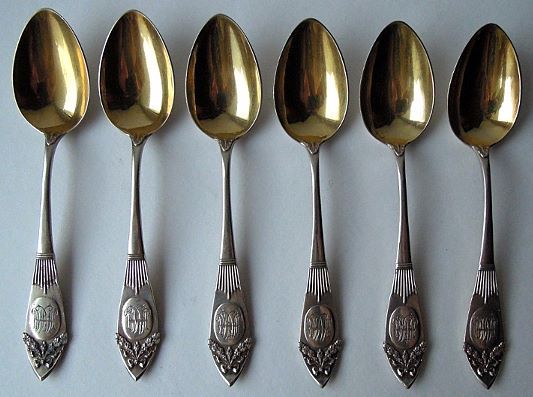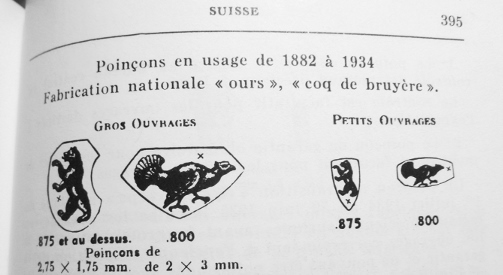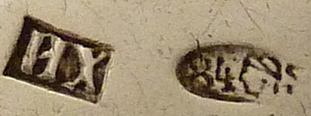What do you think?







Regards
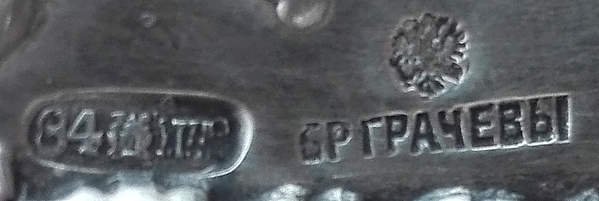


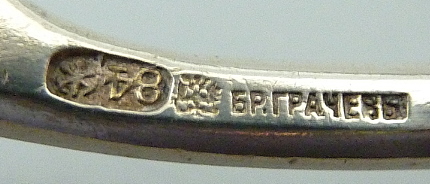

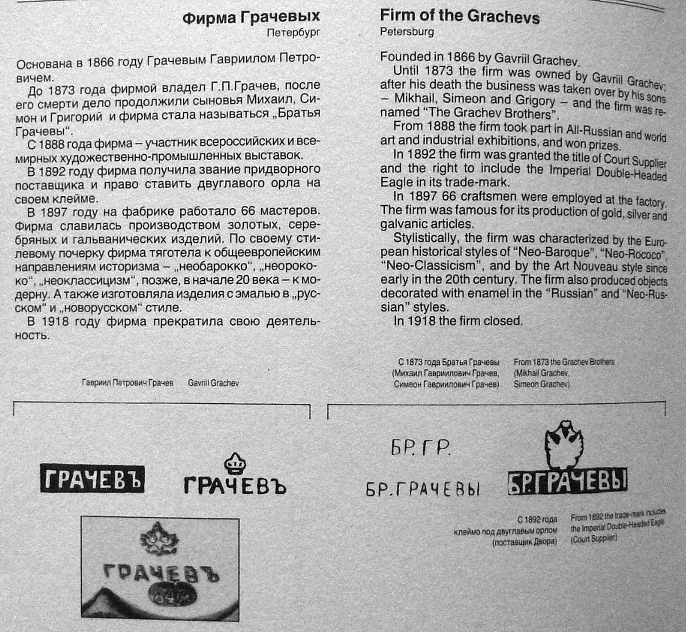
correct, many silver was exported to Riga (remember that 1900 the idustrial age was already in full bloom! No fake!).AG2012 wrote:Die stamped, possibly German...
Mind my asking, but Riga was Russia in those days, so ???Goldstein wrote:Riga was the hub for the import from and export to Russia.
The from you shown mark (import mark from Russia to Riga, mark of the Gratschev Brothers
Yes - but the extremely strict Baltic guilds were jealous of their rights!Qrt.S wrote:Mind my asking, but Riga was Russia in those days, so ???
Do you have any evidence for this claim?Qrt.S wrote: Gratchev borthers were mostly exporters.
What is that nonsense in red suppose to mean and why listing half a book? There is nothing new in your citation. I could make a similar one with even more information. The point here is did Gratchew import/export and is their mark faked? Moreover, there are no poofs of import.Goldstein wrote:Hi Qrt.S -
Yes - but the extremely strict Baltic guilds were jealous of their rights!Qrt.S wrote:Mind my asking, but Riga was Russia in those days, so ???
And have executed those consequent.
To participate in an exhibition abroad you need no export marks etc - in a sales fair you need that. Just to be correct.Qrt.S wrote:FYI
The Gratchev firm took part in several world art and industrial exhibitions since 1888. It was awarded in e.g. Copenhagen (you mentioned it yourself!), Chicago and other places....How is that possible without an export facility? But that Gratchev would have imported goods alongside with their own production....what fore???
I'm very reluctant to contradict your concentrated knowledge - but here they are:Qrt.S wrote:There are no Russian export marks for the period in question
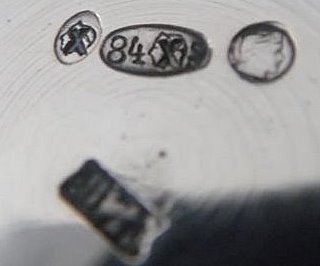




True and not true.Qrt.S wrote:I'm not always right and I don't tell tales except to my granddaughter.
The period we are talking about is 1882-1899 when the import mark with ПТ was used. There were no export marks during those years. The marks you show are from 1908-1917/27. And I know that you know it perfectly well.Goldstein wrote:Hi Qrt.S -
Qrt.S wrote:There are no Russian export marks for the period in question


A firm statement without any proof - the contrary is often seen on real existing objects. It would help to show some exported objects!Qrt.S wrote:Gratchev borthers were mostly exporters.
